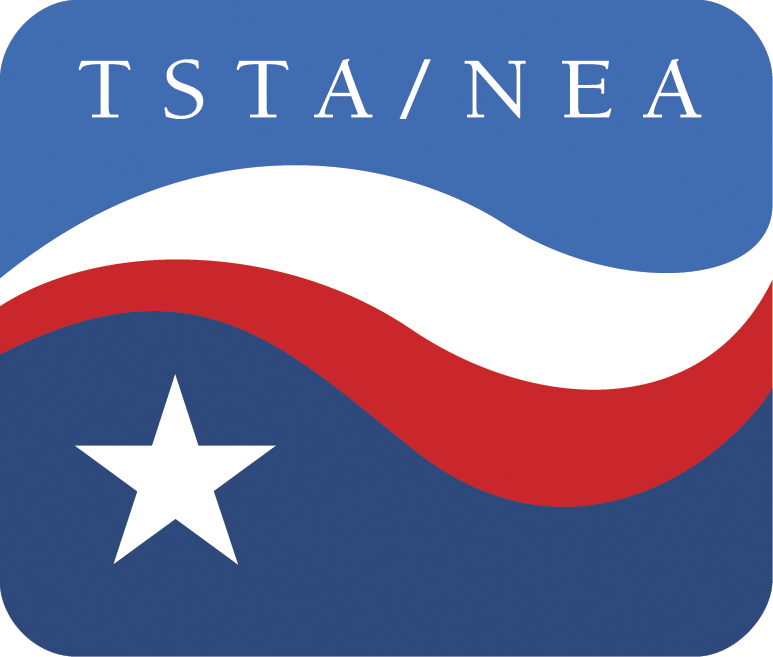Will the Supreme Court support public schools?
Legislative budget writers, according to a news report, plan to put $2 billion of their $20 billion windfall in reserve as a possible down payment should the state eventually lose an appeal of last week’s school finance decision. There are at least two things wrong with that plan.
The first, of course, is that spending, maybe, $2 billion somewhere down the road is too little, too late. The Legislature should spend $5.4 billion – right now – to restore the funds – more than $500 per student – cut from public schools two years ago. Some $20 billion — an $8.8 billion surplus and $11.8 billion in the Rainy Day Fund – is already available. The money belongs to the taxpayers, and it is enough to restore the 2011 cuts to education, health care and other critical services – and tackle some water and highway needs — without raising another single dime from taxpayers.
The second problem is that, even if the state leadership persists in making school children deal with overcrowded classes for another year or longer – the likely time for an appeal to run its course – there is no guarantee the ultimate arbiter, the Texas Supreme Court, will do the right thing and uphold the state constitution. The governor and the legislative majority are trying to buy more time with an appeal. And, they may like their chances before a court, stacked with Perry appointees, that often has let ideological considerations trump the law.
Many public education advocates – heartened by a strong ruling from state District Judge John Dietz that the school finance system is inadequate and unfair – are optimistic the Supreme Court will agree that the state isn’t spending enough money to adequately teach all Texas students. I hope they are right.
But, remember, school district plaintiffs thought they had won a victory from the Supreme Court in the previous school finance suit in 2005. But the result of that ruling was the 2006 law that ordered deep cuts in school property taxes, which the state has never fully paid for. The 2006 law didn’t improve education funding. It worsened the financial plight of hundreds of school districts.
In that earlier ruling, the Supreme Court warned that the state may soon have to increase funding, but it also suggested that improved “efficiency” – whatever the legislative majority may decide that means — could be the key to better schools.
Only four Supreme Court members who voted for the 2005 ruling are still on the court – Chief Justice Wallace Jefferson and Justices Nathan Hecht, Phil Johnson and Paul Green. Justice Don Willett, then a recent Perry appointee, was on the court but abstained from the decision.
Four new justices have since joined the court. Three are Perry appointees, and if they agree with Perry’s view that it’s OK to under-fund the public schools, then public education in Texas will be in even deeper trouble. The fourth newcomer, Justice John Devine, was elected last year on a campaign that promoted the Ten Commandments but said little about public education. For all we know, Justice Devine may believe that all children should be home-schooled.
